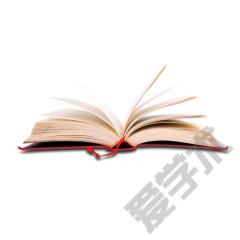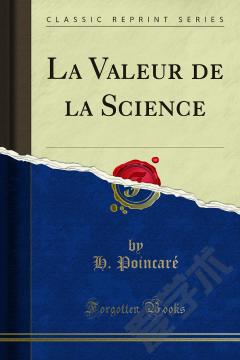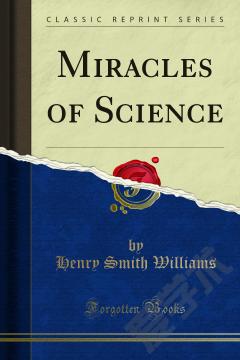The Fairy-Land of Science
"Science for Children" is the first set in the series "Popular Science in the Nineteenth Century". The collection offers a picture of the scientific issues which most fascinated the 19th-century audience and demonstrates how science was portrayed as an appropriate form of entertainment for children, at the same time as providing knowledge. The works in this set illustrate the different strategies adopted by science writers to reach the audience of children. "Evenings at Home", written by a Unitarian brother and sister, is an example of the "instructive and amusing" style deployed by popular science writers in the late 18th and early 19th centuries. In Margaret Gatty's "Parables of Nature" the wonders of the natural world are portrayed as being God's creation. John Henry Pepper vividly demonstrates, through spectacular practical experiments, how exciting having knowledge of science can be. Arabella Buckley breathes life into the principles of scientific laws and forces by depicting them as part of a wondrous fairyland world. Some writers for children became very well known, and these represent the authors of the majority of volumes in this set. However, some of the most widely publi
{{comment.content}}








 京公网安备 11010802027623号
京公网安备 11010802027623号